Adobe Cities
Before travelling to Iran I mainly knew Adobe from the computer programs I edit my photos with. Adobe Photoshop and Bridge. But here in Iran Adobe got a totally different meaning. Ancient cities like Yazd and Bam are built out of adobe, deserted castles are constructed from it and mainly Adobe sites have claimed a UNESCO status. We have wandered through the hot Adobe alleys of Yazd, marvelled at the ancient and deserted adobe castle of Keshit and wowed in Bam by seeing the rebuilding of Adobe after an earthquake partly destroyed the ancient city.
Made of mud
In Yazd we also visited the oldest adobe hotel the world has known. And it’s beautiful! The walls, the buildings, the way it looks. Amazing. On the other hand; it’s not much more than houses and castles and walls made of mud, and we’ve seen plenty of those. So what makes Adobe so appealing to the eye? I don’t know, maybe because it just looks like buildings from a fairytale, it’s looks so smooth as if it’s changing forms when you touch it.
Inside the homes it’s cool while outside the sun tries to break in. Without any luck, cause the walls of the buildings are as tick as the skin of a politician, however, rain does change the buildings. Therefore by no surprise one finds Adobe buildings mainly in countries where rain is often more a dream than reality.
What is Adobe?
In Spanish the word ‘adobe’ translate to ‘mudbrick’. It’s essentially a dried mud brick and used in acient buildings which are made of tightly compacted sand, clay and straw or grass mixed with moisture. These are formed into bricks and naturally dried or baked in the sun.
Although the word is often used to describe an architectural style “adobe architecture”, it is actually a building material. The strength and resilience of Adobe vary with its water content: too much water weakens the brick.
The ruins of Keshit
Bam and Yazd are very well preserved and the castle of Rayen as well. However, the village of Keshit has had its struggles over time is more a ruin than any of the other places. Nonetheless this is wear our hearts pounded harder than anywhere else. Was it the palmtrees surround the village? The fact that we were alone there? Or that it came as a total surprise driving for hours in the desert where rocks made up for the lack of trees and mirrages on the road were more common than a bypasser. Or maybe it was as simple as the fact that we didn’t have to pay an entrance fee, travelling the world doesn’t make us less Dutch 😉
Anyway, Keshit, a city in ruins thanks to time and humans neglecting to take care of it and Bam, a city half in ruins where UNESCO is rebuilding the city as if it’s new. Same Adobe but the difference couldn’t be bigger.

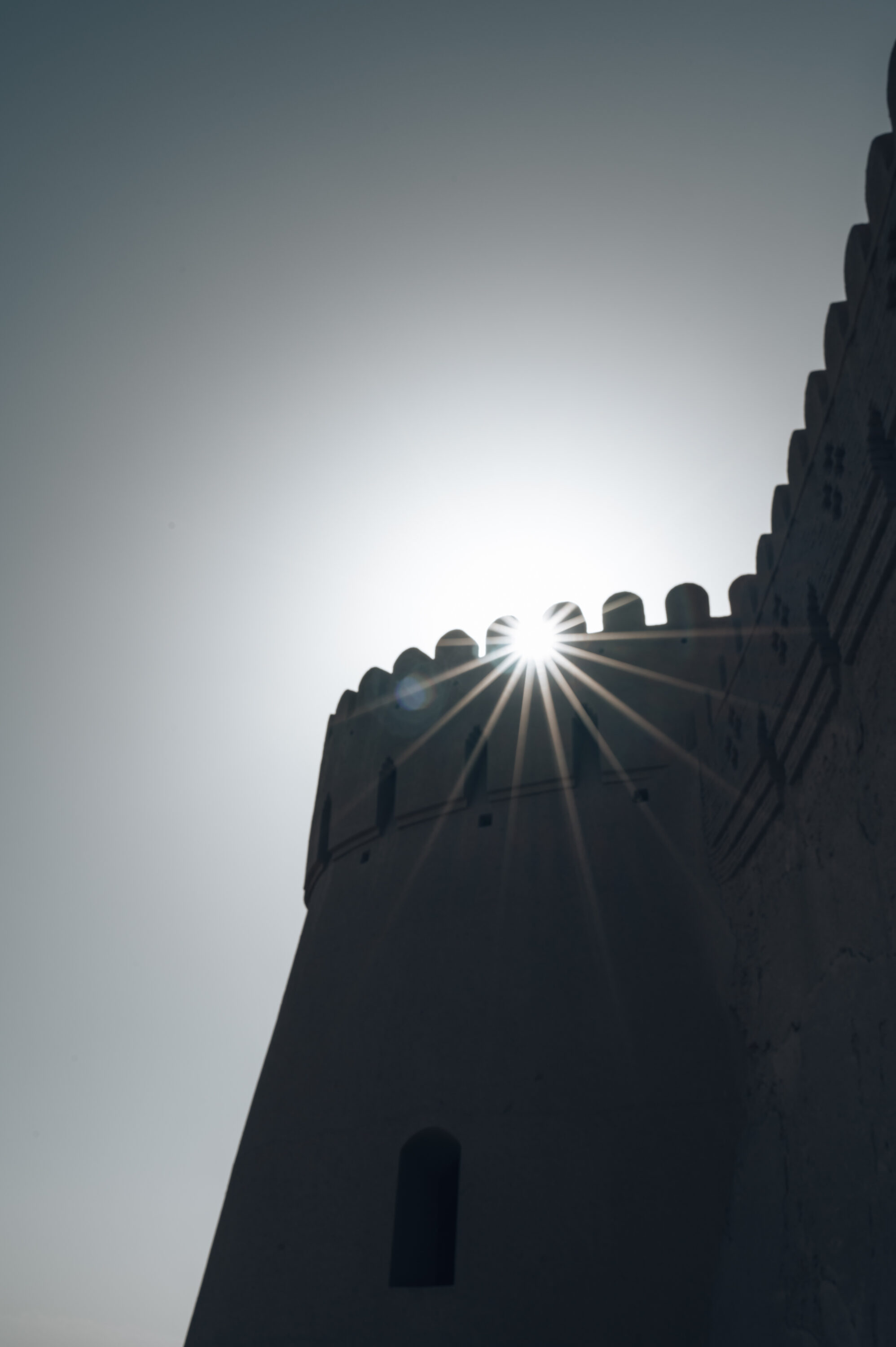
BAM, a city of mud
Its amazing to walk through the now deserted street of the ancient city of Bam. Walk where hundreds of merchants once walked. Selling their goods on the small bazar, walking through the tiny alleys in search of a pub to find that one special item. I imagine a dragons egg or a phoenix feather. Its not a big city like Persepolis or Baalbek in Lebanon. But big enough to be of importance with a castle so impressive people must have feared it’s inhabitant. Or maybe not, maybe they were as amazed by its grandeur as we are today. Knowing no fear of visiting and touching its walls, walking through the gates as if the owner is a good friend. My mind goes into as many directions as did the travellers of old age. While walking the streets of Bam I wonder how it once looked, with the people who have left this earth a long time ago. Would it be smelly here? Noisy? Dirty? As were the North – Western cities back in the days. Where poverty was plenty, food a luxury and sickness thrives. But those were cold and wet cities like Amsterdam and London. What about a city built near the hottest place on earth.
As Western as I am, I imagine great looking people with sun darkened skin and bright eyes. With turbans of light colours that highlights their skin tones and long dresses that move with the wind. I imagine people selling carpets, trading goods, gossiping. Children running around, women chatting while doing laundry, men talking business in the busy bazar. While walking through the narrow alleys I almost hear them shout about their goods, smell their spices, see what they see.
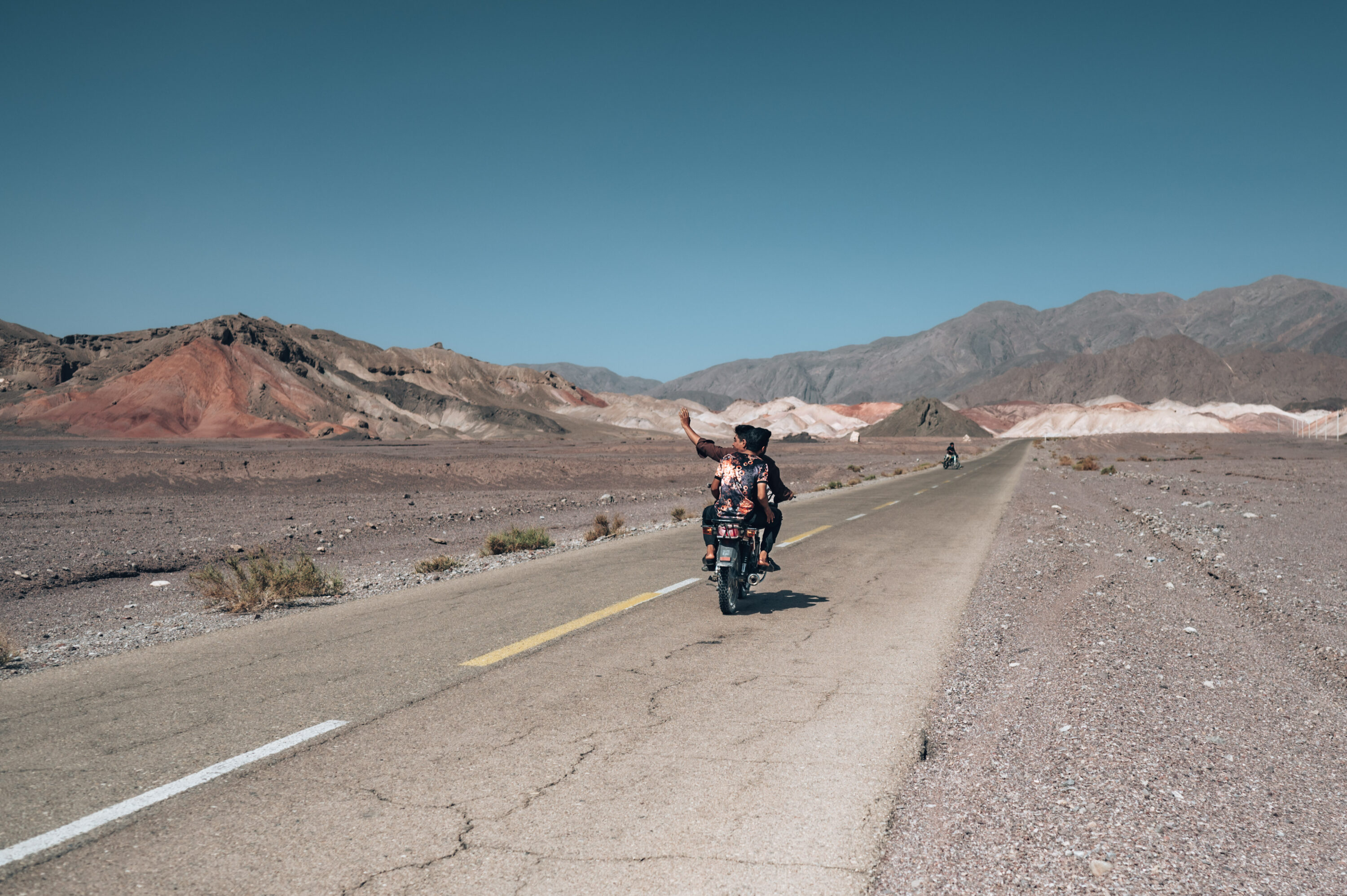
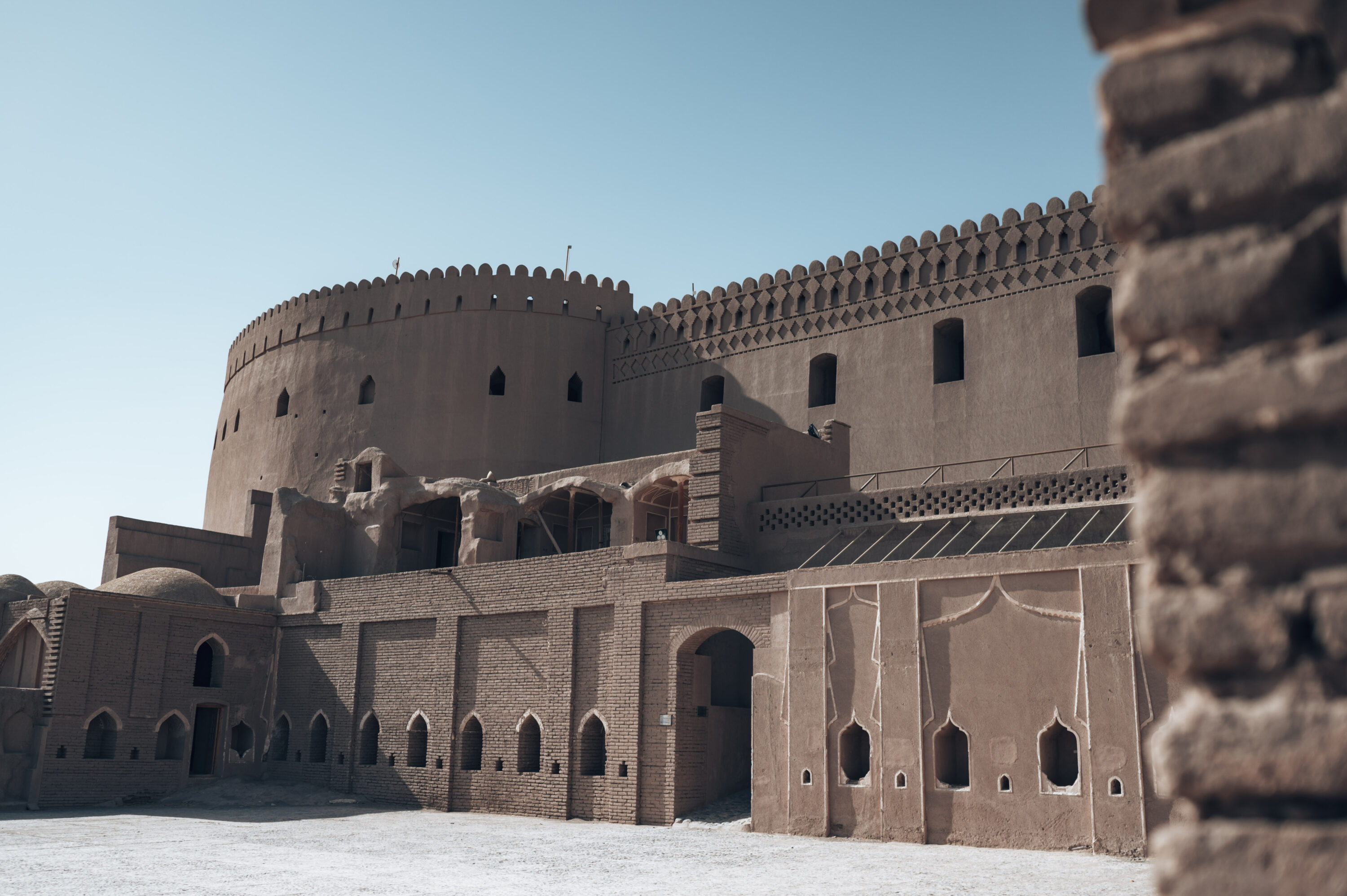
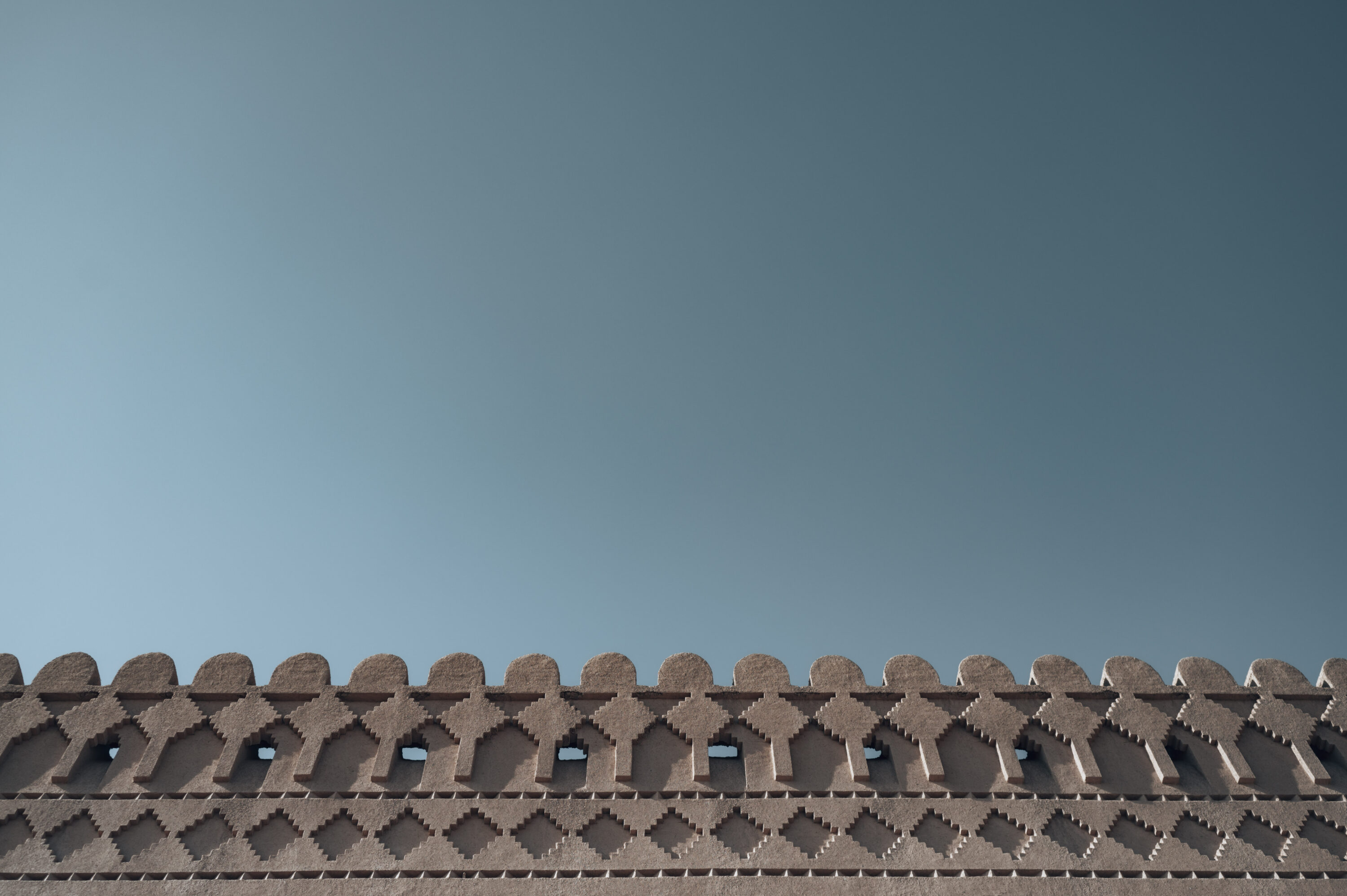
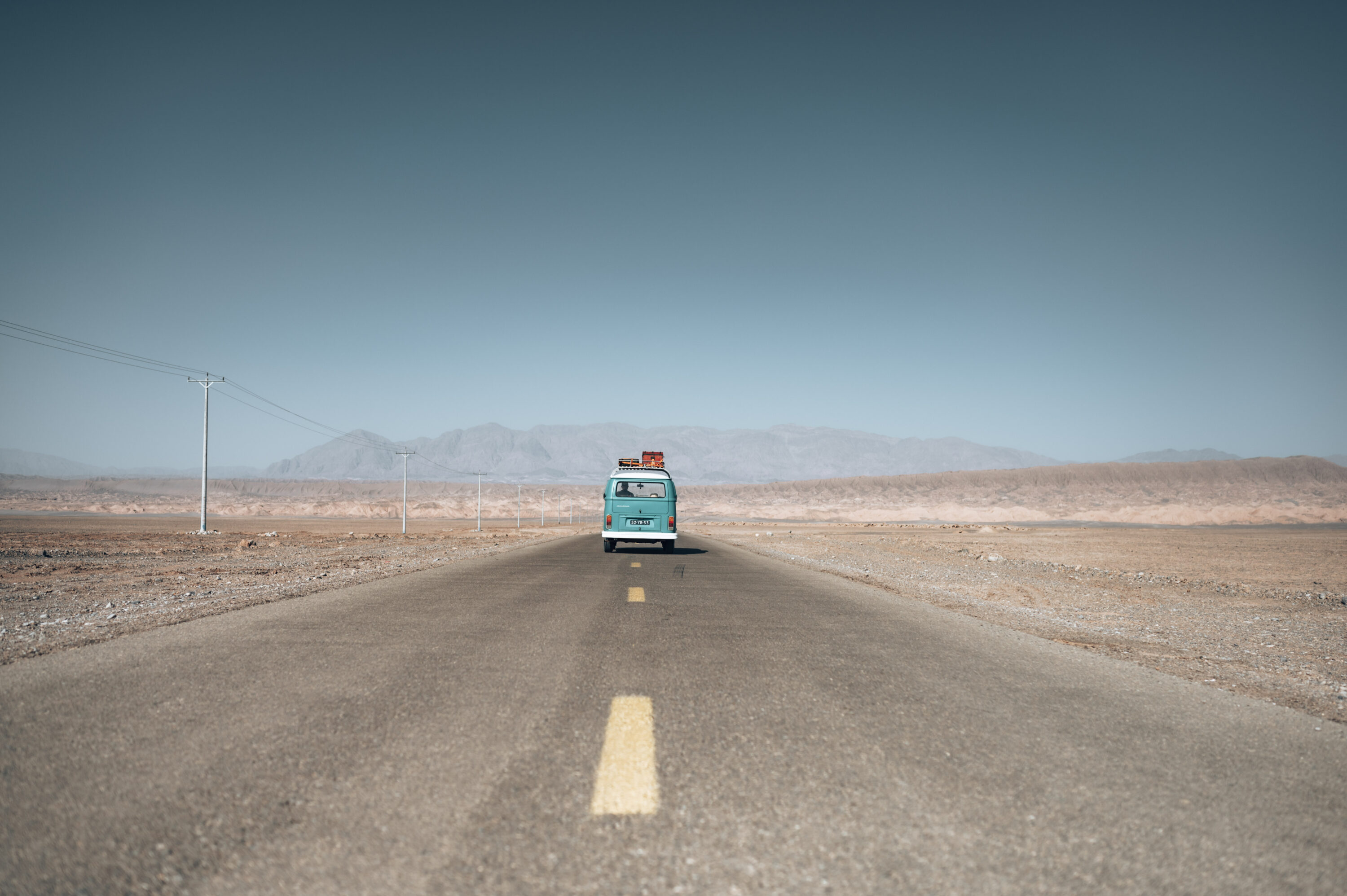
Where the buildings speak UNESCO
But none of it is left besides the buildings. And those buildings speak UNESCO. “Probably the main Jewish house”, “the father of Iman built this school”, “there is a holly place inside the mosque for BAM people”. UNESCO requires these information boards but doesn’t scrutinise the quality of its content. So we stroll through yet another UNESCO site wondering if this is the best that can happen to a site of historical importance. Getting the UNESCO label; a stamp of historical, cultural or social approval. Which means UNESCO decides whatever happens, how the renovation is going, what is allowed and what not, how to preserve a site and apparently the quantity, not quality, of information boards. That, like Petra in Jordan, a site is full with shops selling the same things and offering animal abusive rides on donkeys or camels is out of the hands of UNESCO apparently. In Bam no such rides can be found – luckily – however the shops, in high season, are selling goods that have nothing to do with the cultural significance of the site or area but more with the ignorance of tourists travelling to such a place. In Petra it’s shawls, bags and knick knacks that are so called handmade by the Bedouin tribe but the ‘made in China’ tag reveals their true descent.
Anyway, long story short, Bam would be the last Adobe city we visited. For a while at least. It’s time to sweat at the Persian Gulf!
Love, Milene & Yuri
Check our latest blogs
Welcome to chaos
When we thought we left chaos in Amritsar or at the border with Pakistan, nothing was less true. Chaos was either following us, or we following it, all the way to Kashmir.
The most ridiculous border crossing ever
While tensions along the Pakistan – Indian border are still as high as ever, the ceremony taking place at the Wagah border makes it seem like a game.
The heart of Pakistan
We end our beautiful Pakistan trip in the heart of the country. Let’s expLahore the city of culture, spicy food and history.


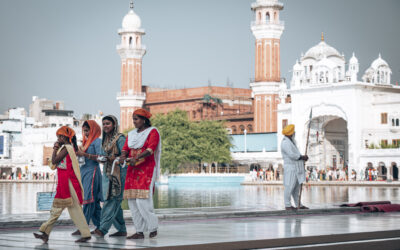
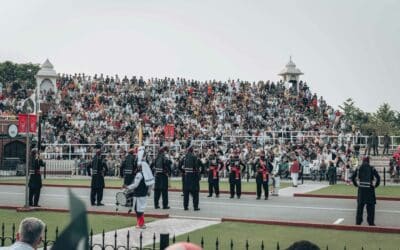

As a Persian, I really enjoy the way you narrate your adventure stories in Iran through writings and pictures. Hope you have a great time in my beautiful country. 💙
Ah thank you for your kind words. We love Iran, it’s a very interesting and beautiful country with the kindest of people. Love, Milene & Yuri